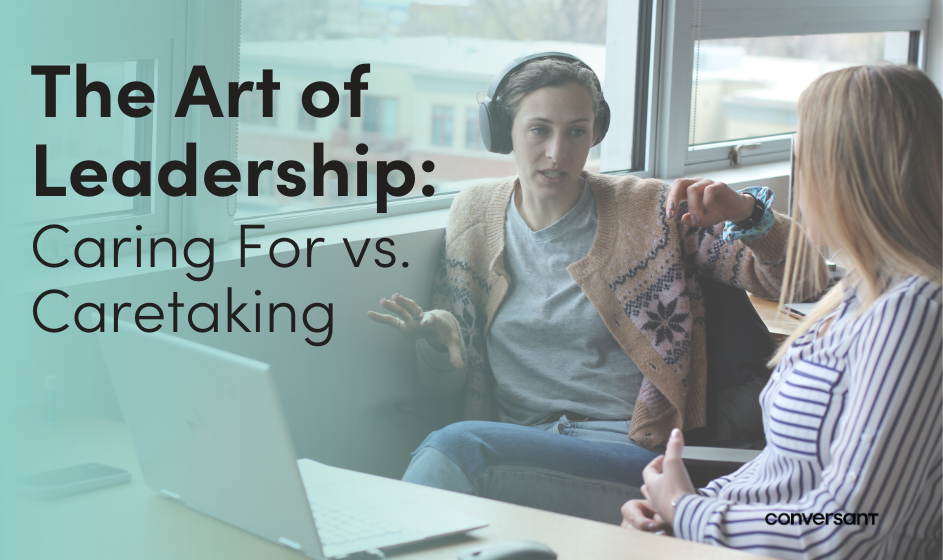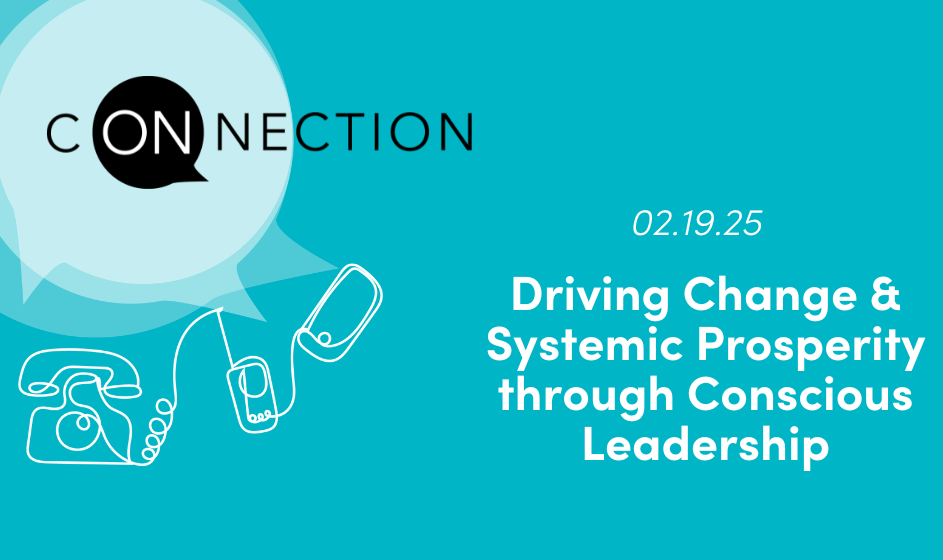
Community Gathering: Leadership communication that creates community and confidence in times of uncertainty
Last week we hosted a virtual gathering to share what we’ve learned and learn from all of you. We explored the question, what is critical about leadership and leadership communication right now? How can leaders create community and confidence in these uncertain times?
Discussion Summary:
How optimistic can I be when I’m dealing with ambiguity? What is real optimism and how do I hold that as a leader?
- Ungrounded optimism erodes trust
- Be the source of accurate information, not the subject of worry and gossip.
- Acknowledge the fear and look together at how we can address it
Harnessing the power of community and contribution
- No one has “the roadmap.” Smart leaders host conversations where “we” is smarter than “me”
- Give everyone a chance to share their ideas and perspectives on how to answer the challenges at hand. This creates a greater sense of control and community which is critical in times of stress and uncertainty.
- Acknowledge how people are uniquely contributing. When people feel legitimate, heard and seen that they are more able and more likely to contribute and be courageous about it.
A Practical Tip: Morning Coffee!
Be a Mood Leader
- People will catch the mood of their leader faster than they catch the virus
- A leader’s job in times like these is to remind us of what is still important about what we’re here to accomplish.
The Power of Choice
- Create the opportunity to connect, allowing it to be a choice rather than something mandatory.
Full Summary:
How optimistic can I be when I’m dealing with ambiguity? What is real optimism and how do I hold that as a leader?
False hope does not give people confidence. Ungrounded optimism erodes trust in organizations because it strikes people as so disconnected from reality that it causes them to question leadership’s judgement. In times like this, we want those we lead to have confidence that we are paying attention to the realities we are all facing.
One of our design principles for leaders is: Be the source of accurate information, not the subject of worry and gossip. If you are really accurate about what we do know, what we don’t know, and what problems we don’t know how to solve yet, people can bring their natural capacity to hope and create to those real situations. Acting hopeful without accurate information about what we are in strikes people as shallow cheerleading.
Make room for everyone to share what is present for them. There are very real threats to people’s extraordinarily basic needs right now, which can be a source of serious anxiety and distress. It is up to us as leaders to be an unbiased and curious support for people to express what they’re concerned about that they don’t have the answers to. Acknowledging the fear and then looking together at how we can address it helps us bring hope to challenge without occurring to people as shallow.
The Power of Community and Contribution
In times like these, no one has the roadmap. It’s all being discovered and unfolded as we go. So how do we as leaders make room for people’s contribution meaningfully, shift from the “I” to the “We”, and providing places for us all to learn together?
There is a dance between being empathetically interested in what’s really present for people and how we can together be great in the face of that reality. Being hopeful with respect to our chance as a community to be smarter together than we are separately can be really powerful.
Create spaces for people to make meaningful contributions. By giving everyone a chance to share their ideas and perspectives on how to answer the challenges at hand, a sense of control and community is restored, which is critical in times of stress and uncertainty.
This also requires acknowledging how people are uniquely contributing. We know that when people feel legitimate, heard and seen that they are more able and more likely to contribute and be courageous about it, and courageous contribution is something we all desperately need right now.
A Practical Tip: Morning Coffee
Because we are physically distancing, leaders need to be very intentional about creating new spaces and ways for us to connect both individually and in community. One thing we’ve being doing at Conversant is a Morning Coffee call. At 8:30am MST every day whoever is available gets together virtually to share what’s on our minds and where we need support. It’s been a great way to create a spirit of community and transparency. We recommend being more intentional and more frequent with these types of gatherings to encourage people to stay connected rather than getting off track and isolated.
People will catch the mood of their leader faster than they catch the virus
A leader’s job in times like these is to remind us of what is still important about what we’re here to accomplish. In avoiding false positivity, it’s just as important to not be overly focused on the negative. We believe the key to that balance is focusing on what we are for rather than what we are against. What are we here for?
In order to cause the shift from fear to contribution for everyone else, leaders must be aware of their own reactions and experience. What are your concerns? What are the big purposeful questions where, if we can answer them together, your fears subside? If we do this with ourselves, the mood we engage others in inspires the same reflection.
When leaders can be responsible for caring for themselves and causing their own move from fear to purpose, their mood can be a source of confidence, curiosity and engagement rather than one that propels the panic. Seek support from smaller groups of people you trust and make time for being present to your own reality – your organization will be better for it.
The Power of Choice
How do we balance this desire for more connection and community with individual boundaries and focused productivity?
One distinction we spend a lot of time on is the notion of choice. We think that these opportunities to convene, unless there’s something mission critical for the organization, should be optional. Create the opportunity to connect, allowing it to be a choice rather than something mandatory.
Right now, our personal and professional worlds are colliding with most of us working from home. Leaders being a model for transparency and sharing the humanity of their own experience navigating these challenges allows others to be more authentic and more likely to communicate their own boundaries.
Find information about all our upcoming and past webinars on our Community Gatherings page.
We will continue to explore this question and many others related to how we stay connected and keep creating value in challenging circumstances. To stay up-to-date, sign up for our newsletter where we will share more resources and reflections over the coming weeks.
What’s important for you and the people you serve right now? We would love to hear from you.



